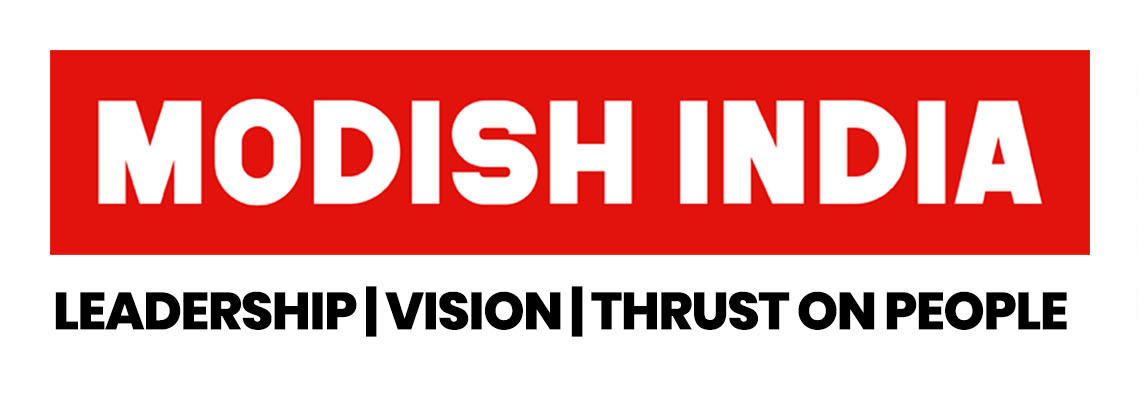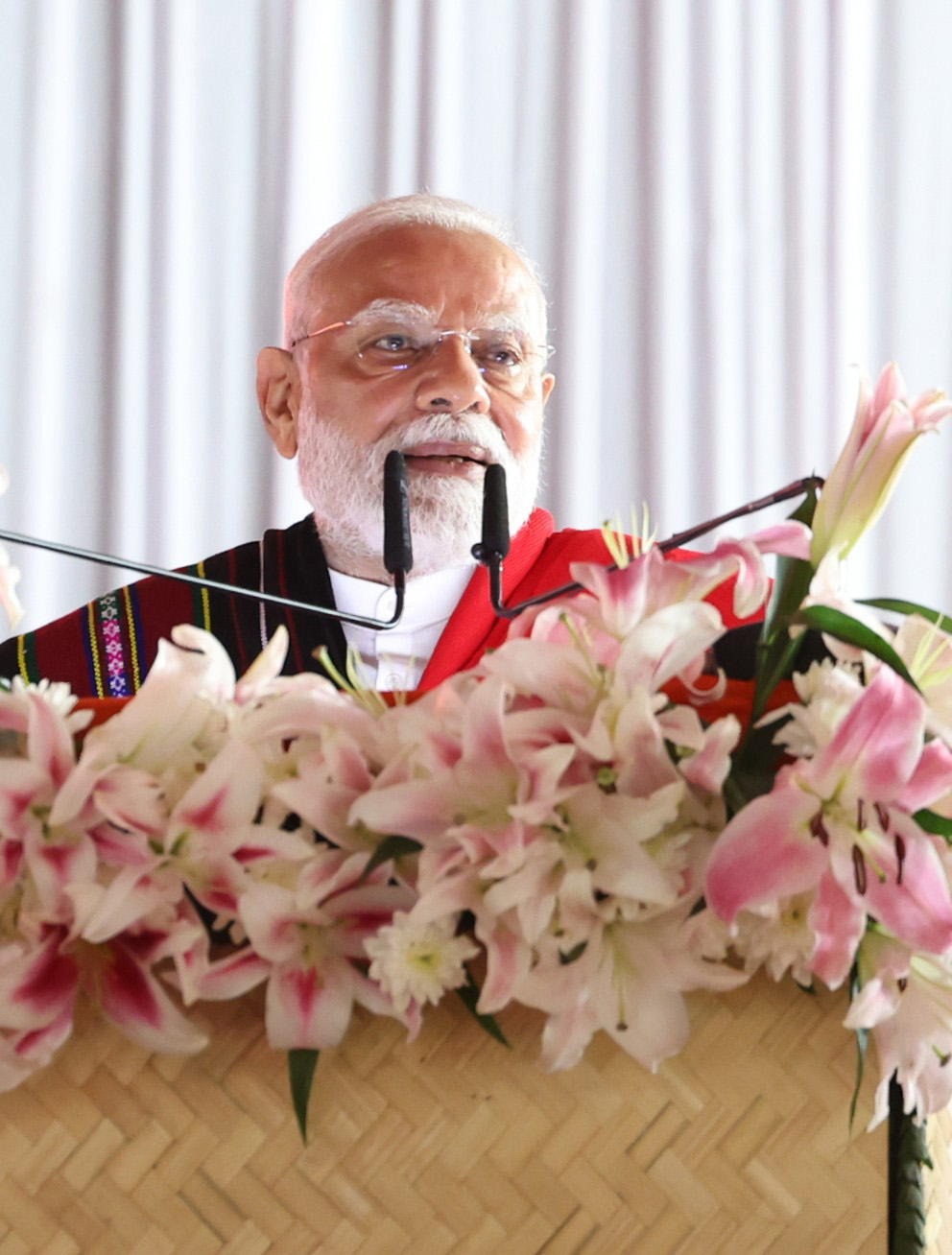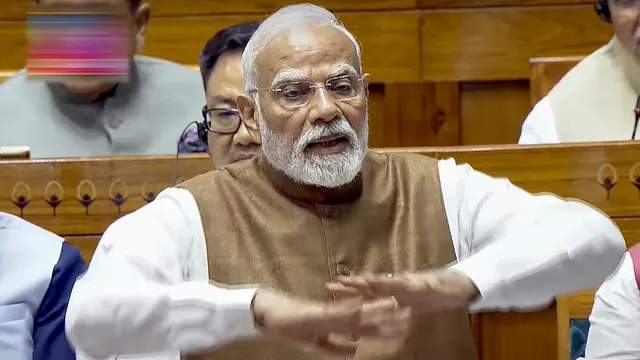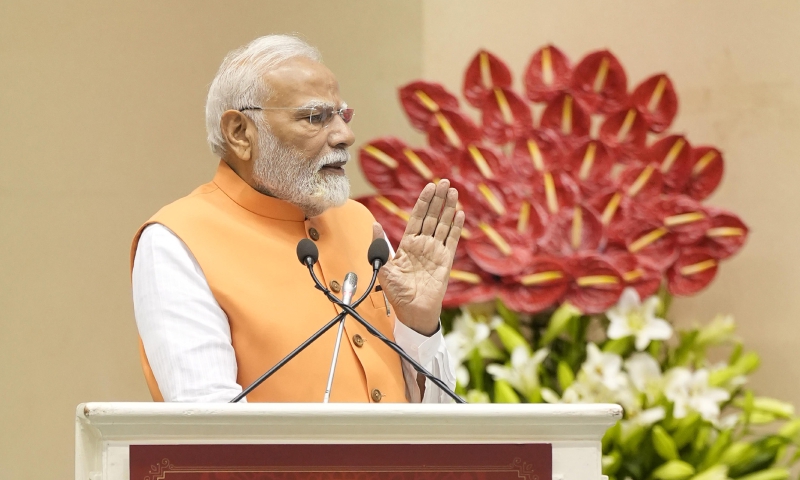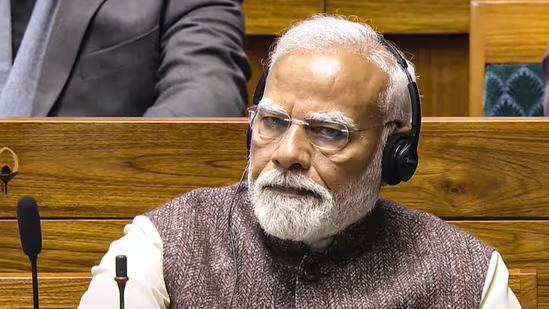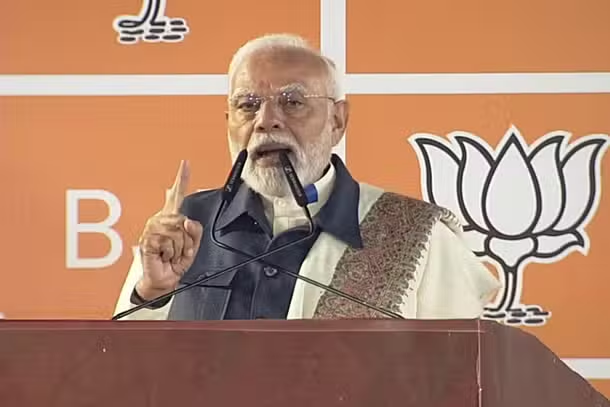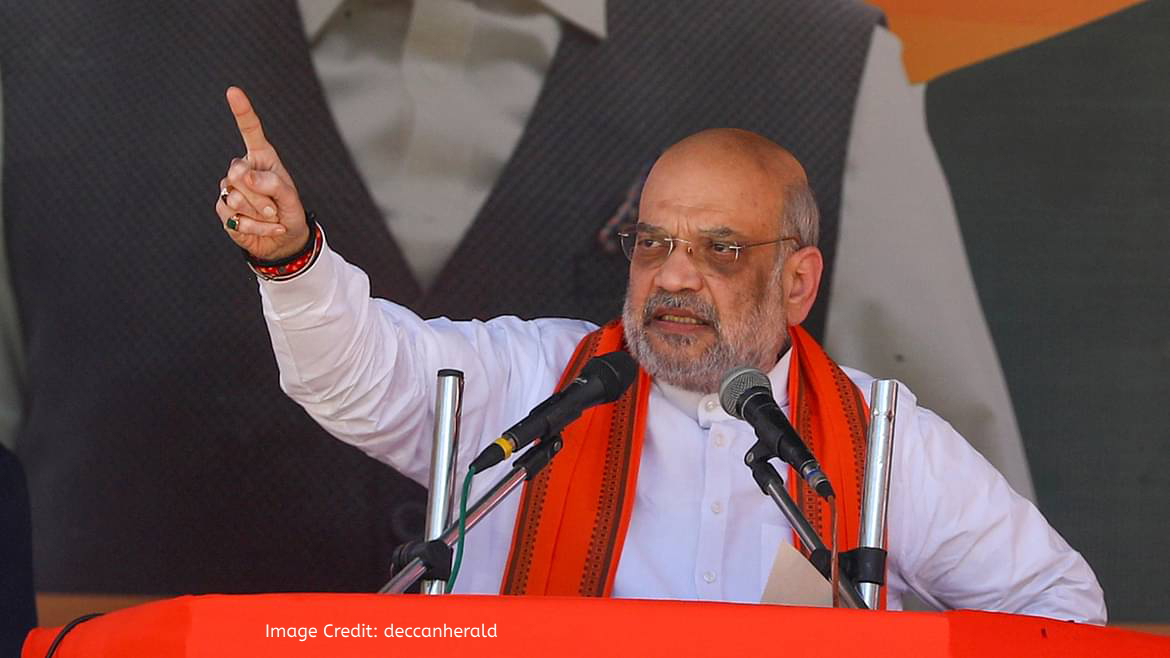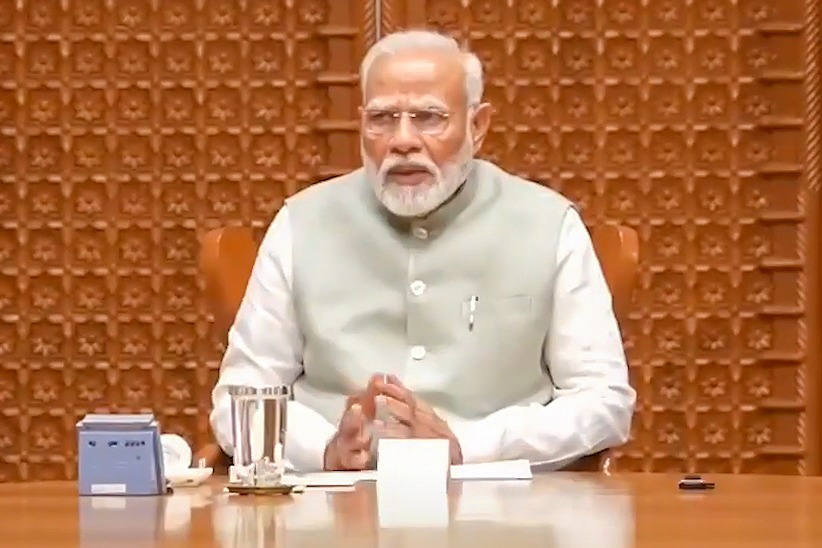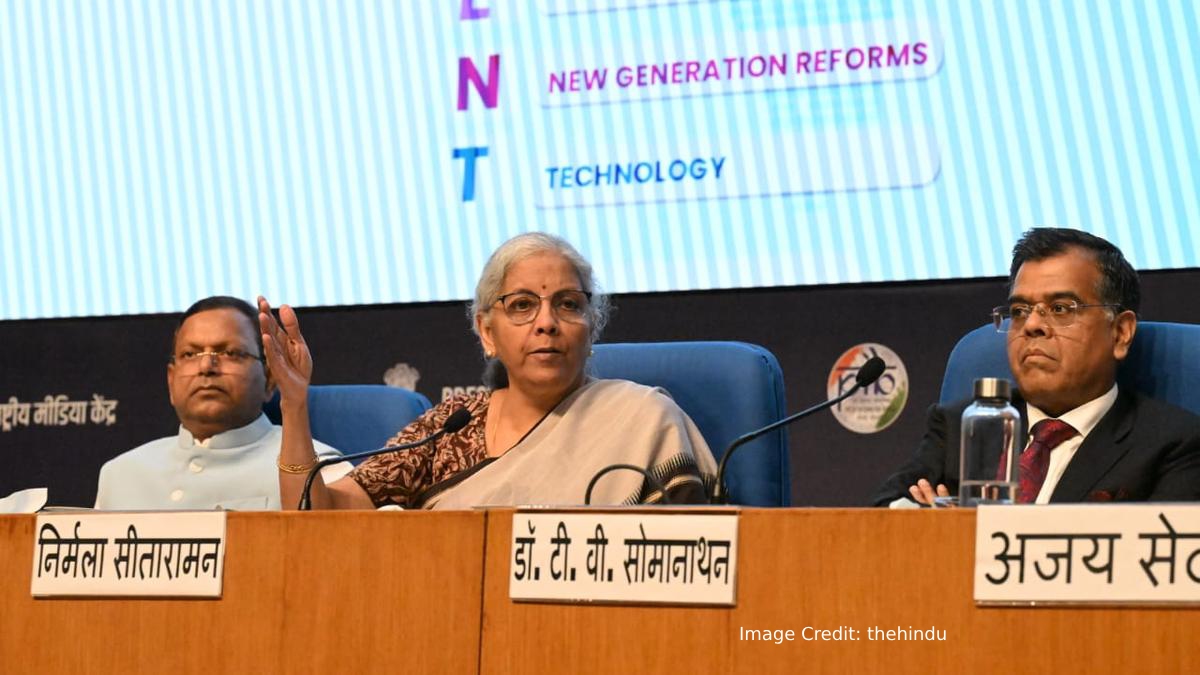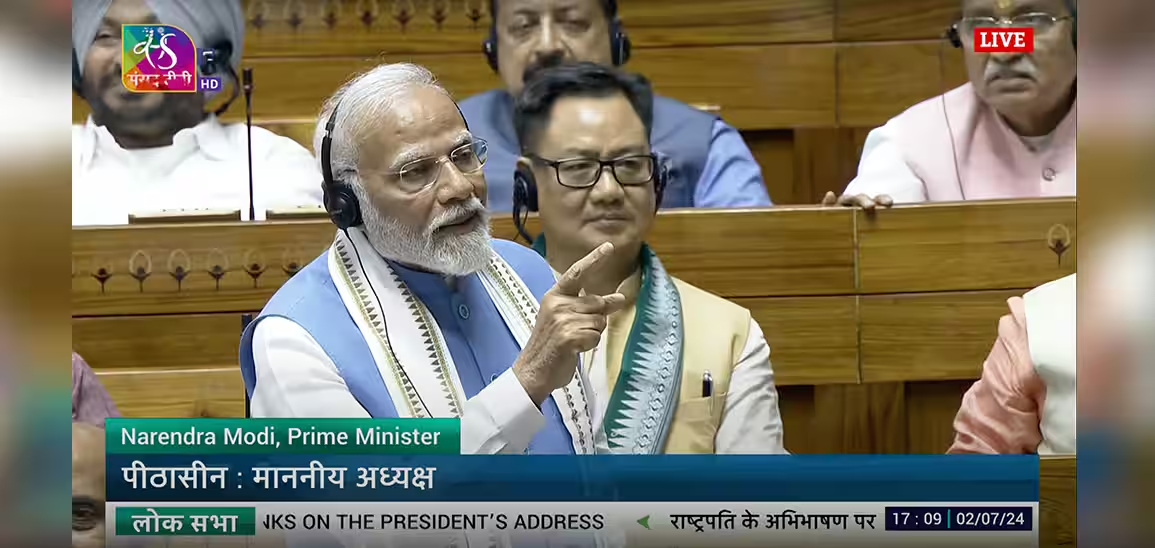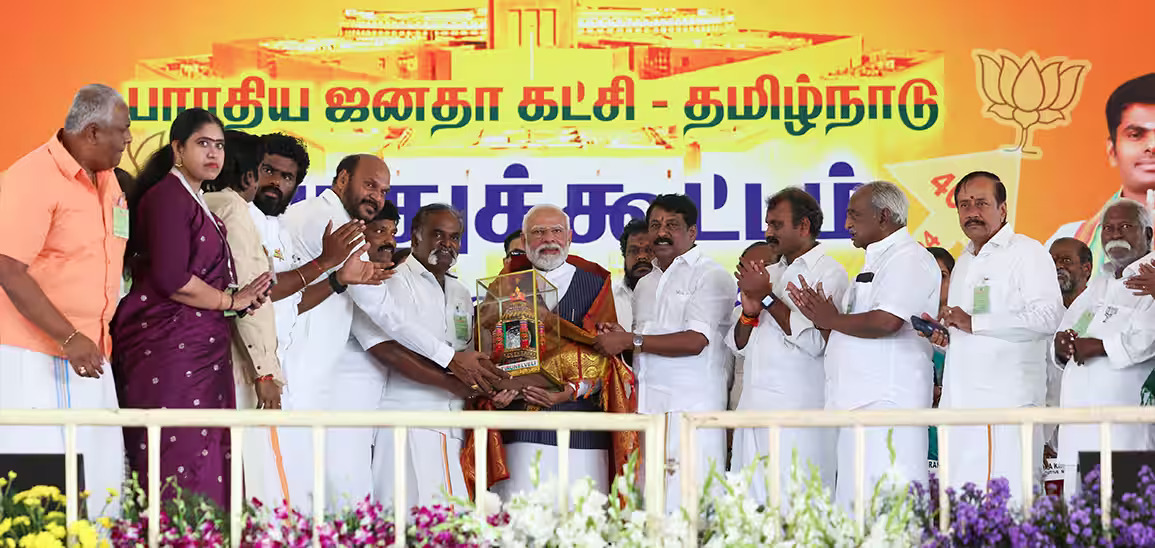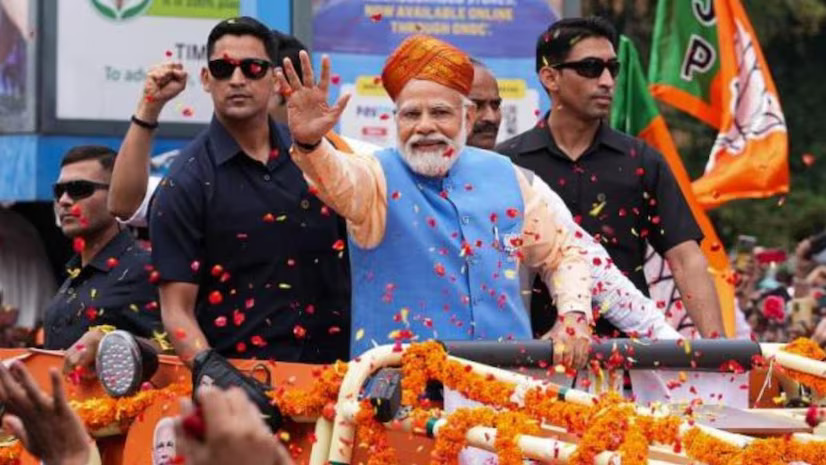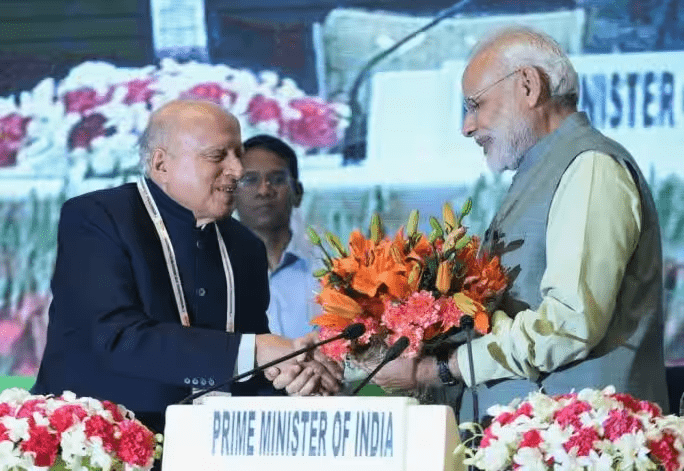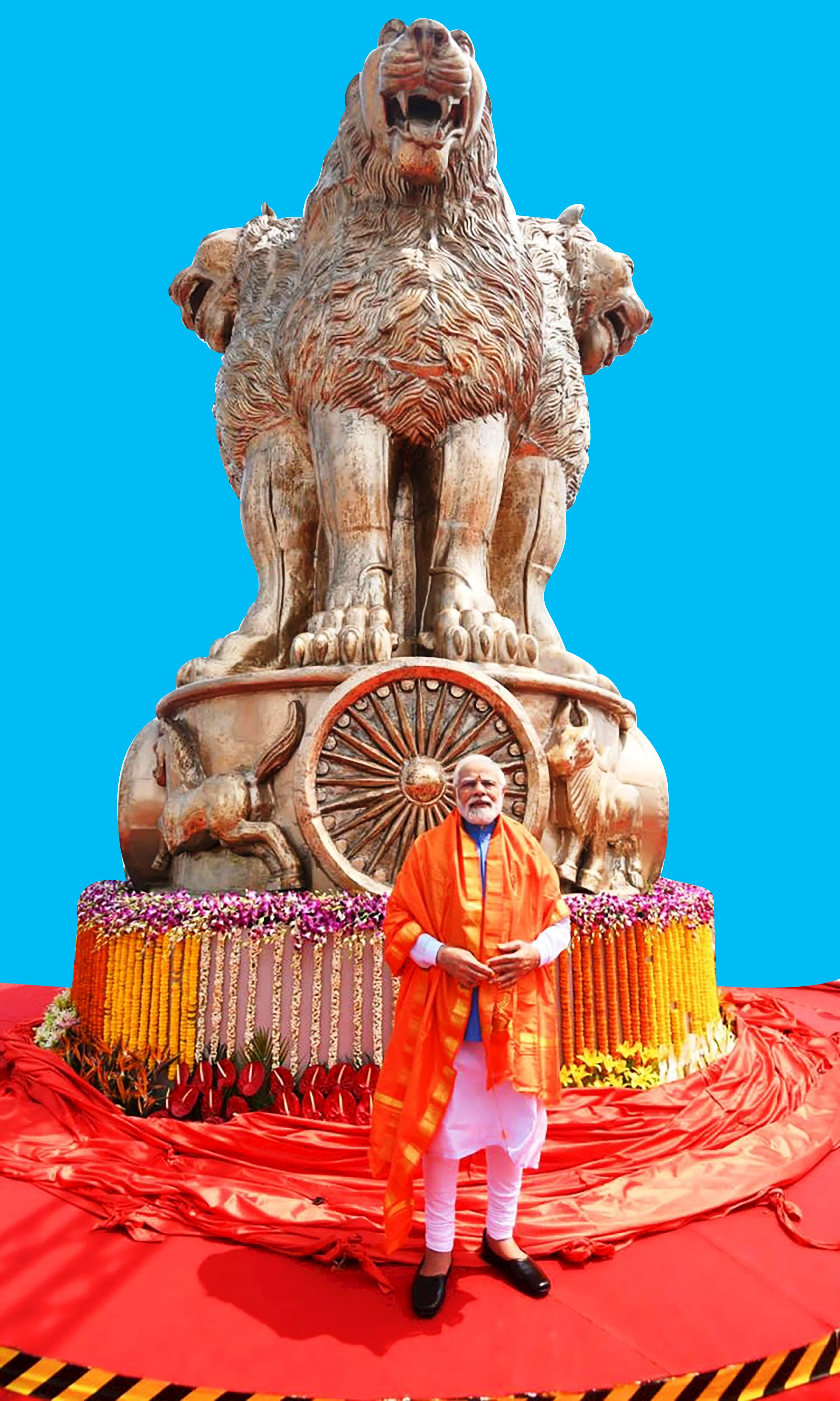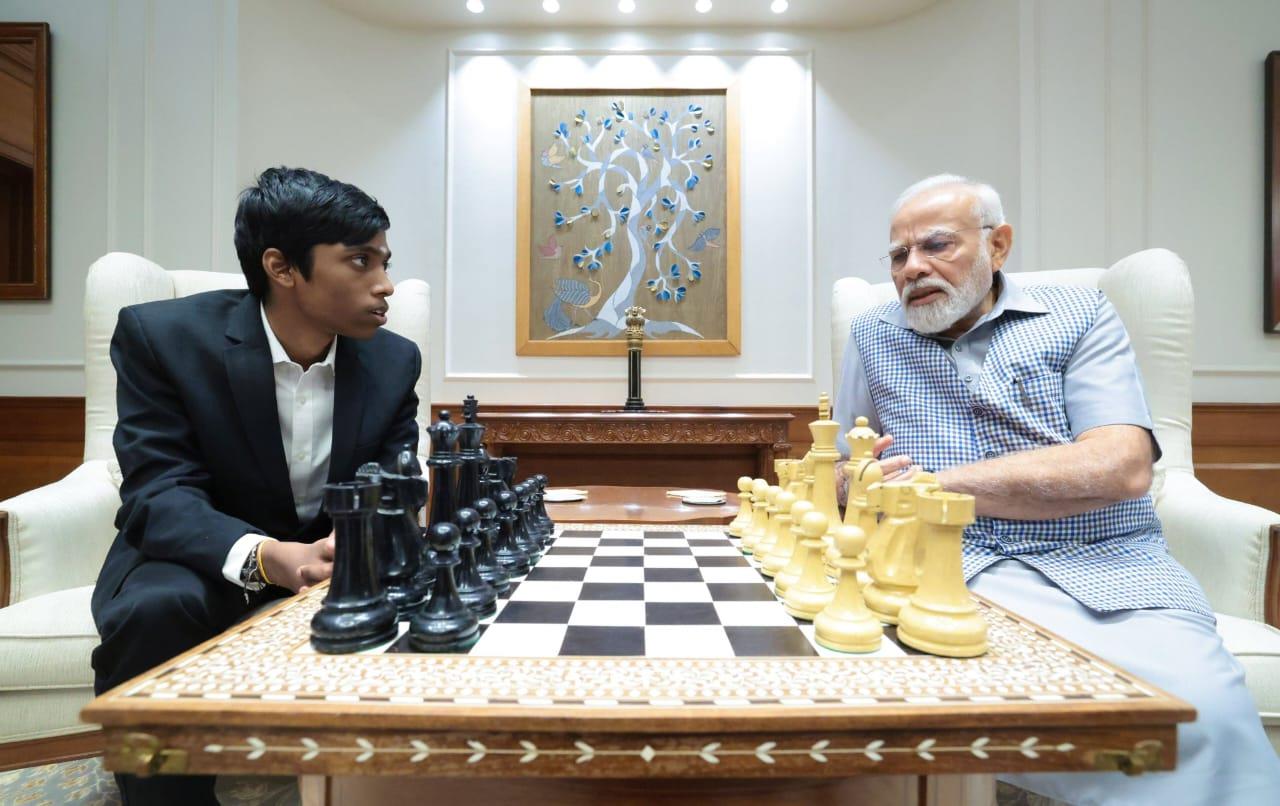
Beyond Vote Bank: REACHING OUT TO YOUTH A KEY ASPECT OF ‘WINNING ROUTE’ IN ELECTORAL STRATEGY
Reaching out to the youth is not just confined to the retail arena or fashion products. It has a more significant role in politics as well. While looking at the age of our political parties, it is depressing that the ‘’’youth share’’ is a constantly falling story.
India enjoys a unique status as a Nation of Young people. More than half of India’s population today is under the age of 25, with 65 percent of the population under 35., India’s average age id estimated at just 29 years, in comparison with 37 in China and the United States, 45 in Western Europe and 48 in Japan.This demographic trend will confer a significant competitive advantage upon India. About a quarter of the global increase in the working age population (ages 15-64) between 2010 and 2040 is projected to occur in India, during which time this segment is set to rise by 5 percent to 69 percent of its total population. Roughly a million people are expected to enter the labor market every month, peaking at 653 million people in 2031. As a result the IMF projects that India’s demographic dividend has the potential to produce an additional 2 percent per capita GDP growth each year for the next twenty years.

Sociologically speaking, youth refers to a ‘category’ rather than a ‘group’; the difference being that a category has diverse or heterogeneous elements unlike a group which is sociologically similar in its composition. Youth relates to an age group that is transiting between childhood and adulthood and may comprise of a conglomeration of sub-groups with differing social roles, expectations and aspirations.
However, there is no uniformity in the definition among different countries. The UN defines youth as those in the age-group of 15-24 years. The UNICEF defines youth in the age bracket of 15-30 years. On the other hand, India’s National Youth Policy (NYP, 2003) considers all individuals in the age-group of 13-35 years as youth population. NYP further states that all persons within this age group are unlikely to be one homogeneous group and divides into two broad groups: 13-19 years (adolescent age group) and 20-35 years.

“Young people are the innovators, creators, builders and leaders of the future. But they can transform the future only if they have skills, health, decision-making, and real choices in life.” says a Report by United Nations. “Never before have there been so many young people. Never again is there likely to be such potential for economic and social progress. How we meet the needs and aspirations of young people will define our common future,” the report said.
Marketing Side
What makes the youth as centre of the marketing strategy? World over, the youth groups are seen as ‘best bet’ for new marketing strategies. Every marketing and advertising ideas project the youth as ambassadors of fashion, life style, comforts and as people who aspire for better quality of life. Young people make such valuable consumers because they influence the purchasing decisions of their friends and family. In addition to being consumers themselves, teens can affect where their family goes on vacation, the car they choose to buy, and the clothes that their friends wear. If a product or brand is popular with young people, it gains an image among major sections of the society. The youth are receptive to new products and services and do not have the tag of loyalty to a particular brand or enterprise. Youngsters go by what they like and what they find appealing to them, Marketing experts hence insist that ant campaign for new products and services in any industry houd be directed towards the youth of India.
Youth marketing is any marketing effort directed toward young people. This group is typically broken down into smaller segments depending on their age, including teens-, teenagers, college students, and young adults aged 23-34. Each market segment has products and ad campaigns that are targeted specifically for them.
This advertising strategy is not limited to any one marketing channel or technique. Youth marketing takes place on TV, radio, in print and in dozens of forms online. Companies often sponsor extreme athletes, musicians, and high school sports teams as a way to insert themselves into youth culture. Authenticity is particularly important to the young — they want the brands they support to reflect their values and tastes.
The Young Idea Works
Centering the marketing strategy around the young population has immensely benefitted many enterprises: Example:
- Apple – When the iPod was first introduced, Apple ran a now legendary series of TV ads featuring black silhouettes dancing while listening to iPods. The ads made the iPod seem innovative, energetic, cool, and inherently youthful.
- Sony – The Walkman was developed after the chairman of Sony noticed how important music was to his teenage daughter. He realized that young people were clamoring for a way to take music with them everywhere.
- Virgin Mobile – Riffing on the idea of “The parent trap” Virgin created ads that encouraged teens to pester their parents to buy them more cell phone minutes. The ads were placed in magazines like CosmoGirl that cater to teens.
- Wal-Mart – The retailer teamed up with pop star Miley Cyrus to introduce a line of clothing targeted at young ladies.
- American Eagle – The clothing maker gave away free pairs of flip flops to incoming college freshmen.
Indian Youth Profile
.. A new push to th ecountry’s growth story came under the dynamic and futuristic leadership of Prime Minister Shri Narendra Modi whose mere name ‘MODI’ has become an identity card for Bharat – the fast growing economy and third largest economy – across the world.
The Indian youth today is an unique mix of welcome ambitions on a plethora of routes to make life a bit more rewarding. They are ready to toil and face challenges whether it is education, research, technology adoption and what is important here is the global recognition they have created for India. Further, they have become a vital source of enhancing the income status of the country as well as families. This has substantially enriched the ‘purchasing power’ of young Indians in the recent decades and consequently India is globally recognized as ‘growing market’ with every multinational in various spheres have landed in India . The Nation too has moved progressively during the post liberalization era under Shri Narsimha Rao’ Dr, Manmohan Singh .. A new push to th ecountry’s growth story came under the dynamic and futuristic leadership of Prime Minister Shri Narendra Modi whose mere name ‘MODI’ has become an identity card for Bharat – the fast growing economy and third largest economy – across the world.
The spirit of ‘’ the young charm, young, beauty, young spirit, young dynamism and young manifestation to different vital components of the life journey, – love, affection, the educational and career pursuit’ emotional tie-up with parents, the family , , and the determination to fight for the social justice and move along the currents of a challenging forward path. The phase of youth ‘is no doubt propelled by as the inner aspiratioal engine.. We come across a few great youth personalities like Swami Vivekananda whose vision as young had a spiritual and societal search aiming at a better order of ethicl order based on the strong pedestal of culture, tradition and equality.
Unquestionably India’s youth has become today as centre of marketing strategies. It is natural the marketing and advertising experts in India now focus on the younger generation. Apart from their increasing share in population they are also emerging as a powerful source of income and expenditure. Yes. Thanks to the advent of the Information Technology, Telecom, Retail and Media era the younger generation now find enhanced employment opportunities with fairly attractive income. Young people both men and female are more and more fashion and life style comforts conscious and have an open mind to get exposed to new products and services. They are also tempted to spend more on travel and health and beauty care. The country’s e-commerce enterprises depend fully on the growing aspirations of the young minds.
THE YOUNG VOTERS FOR THE ART OF WINNING

The scenario of “opportunity vacuum “ discourages youngsters not merely in joining the political parties in a big way but, even drive them to stay away from voting in the elections , a vital democratic responsibility. If we analyze the voting share of youth in metros, large cities, urban centers, wewill be surprised to see the declining pattern.
Till recent years many young voters feel that results are influenced by caste and other factors and their voting is inconsequential. It . But the leadership of Prime Minister Modi and the positive transformations and pro-poor stand and priority for technology besides winning over a new ‘brand India globally are factors for turning the young Indians to have a fresh look to their approach to politics. Today , young Indians want ‘brand India; to grow further and Bharat to regain its traditional glory. Consequently, the ‘return of the youth’ is a progressing reality.
The election-specialist, marketing experts and political parties should recognize this and endorse the power of the ‘’new youth” on the ballot machine. It is imperative that parties should evolve a road map to gain support from the young population – now a deciding factor in elections.
. Reaching out to the youth is challenging job as the young makes constant update of their preferences where brand loyalty is a thing of the past. Then how to work out the youth reach? It is demands ability to understand the present youth dimension and work on an absolutely innovative youth marketing scheme which makes room for constant review and refashioning to match the mindset changes that the present youth makes very fast. It is also important to understand that the wide spectrum of young ladies look to special schemes that suits their family aspirations.
– la Gopa
